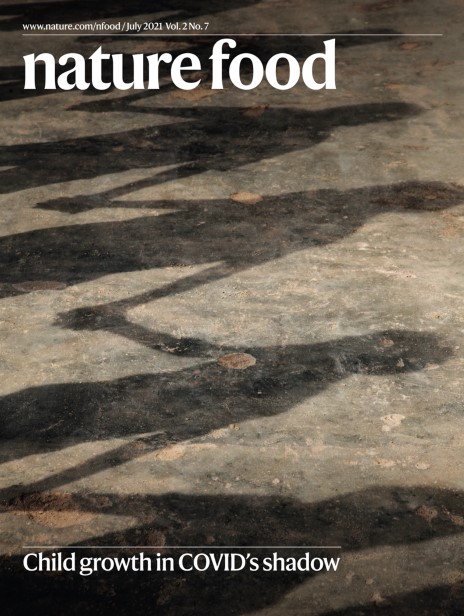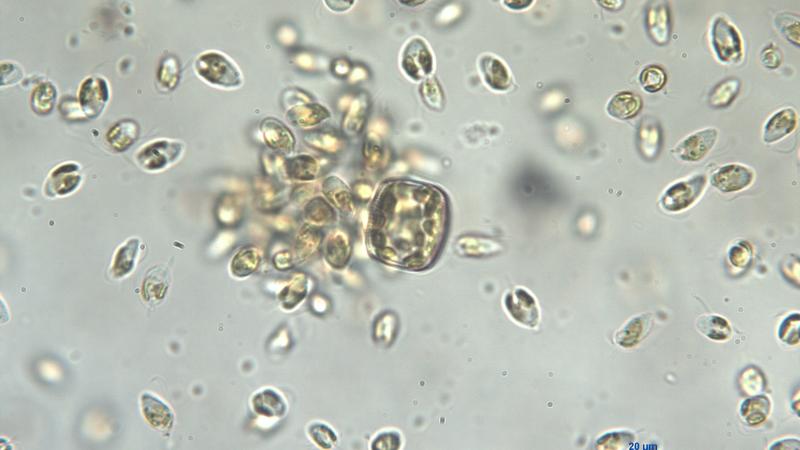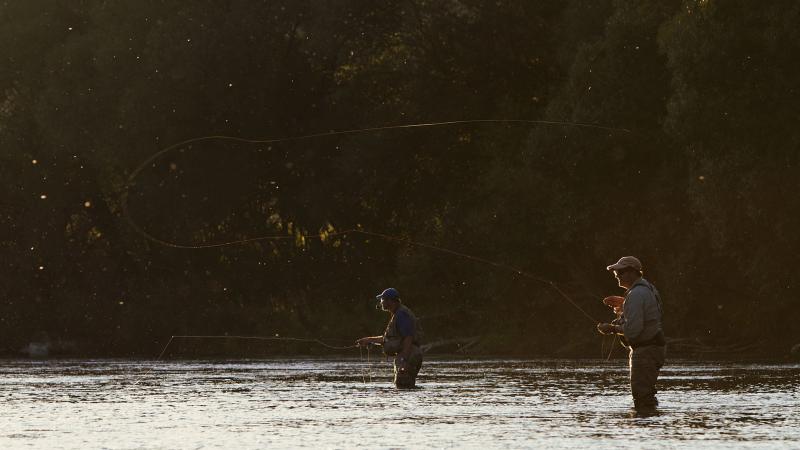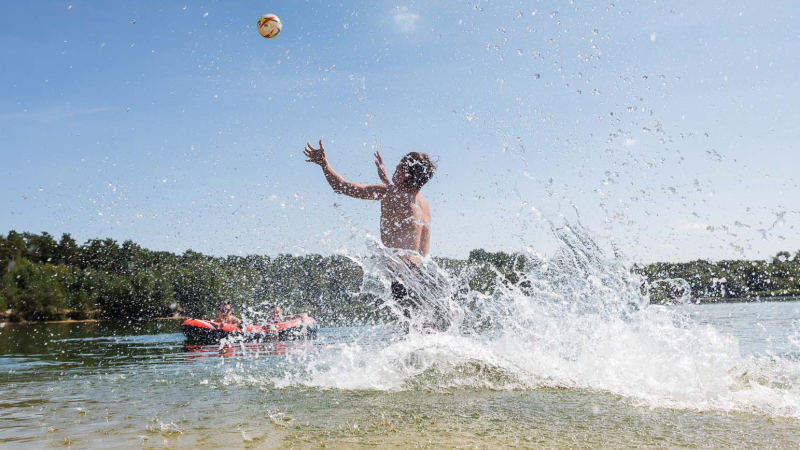(Dept. 4) Fish Biology, Fisheries and Aquaculture
In the Department of Fish Biology, Fisheries and Aquaculture we seek to understand the ecological and evolutionary processes that structure populations and communities of freshwater fishes and affect their functions and ecological services. An important part of our work focuses on interactions between natural and anthropogenic factors and their effects on evolution, reproduction, stress, development, growth, behaviour, productivity and recreational quality of fish. Our goal is to create the scientific foundations for the conservation of wild fish populations and for sustainable fisheries management and aquaculture. The methodological approaches include hypothesis-driven laboratory research, mesocosm experimentation, lake manipulation, comparative field studies and theoretical modelling.
Research groups
Department members
Selected publications
A candidate sex determination locus in amphibians which evolved by structural variation between X- and Y-chromosomes
The authors have identified a gene locus responsible for sex determination in the European green toad. This reveals only the second known genetic mechanism for sex differentiation in amphibians.
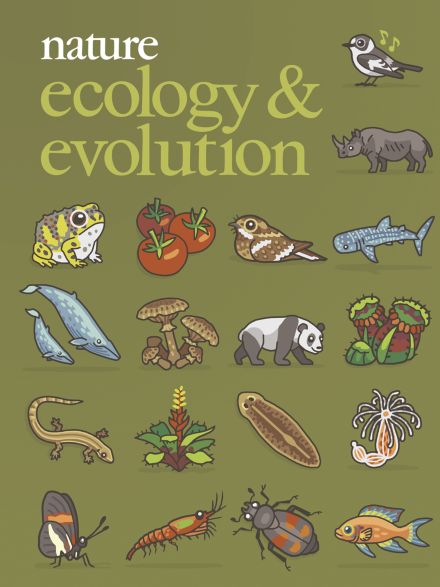
Inland navigation and land use interact to impact European freshwater biodiversity
Using a comprehensive set of long-term data, the authors show that shipping has contributed to a significant loss of biodiversity of fish and macroinvertebrates in European rivers in recent decades – and that the animal communities are becoming increasingly homogeneous and river-typical species are being lost. Invasive species, on the other hand, are significantly increasing.
Inland recreational fisheries contribute nutritional benefits and economic value but are vulnerable to climate change
The research team estimates that recreational fishing in lakes and rivers accounts for more than 11 per cent of the annually reported catches in inland fisheries worldwide. The analyzed total consumption value of harvested fish is around 10 billion US dollars per year. Due to climate change and direct human impacts on freshwater ecosystems, the productivity of important fish species is declining.
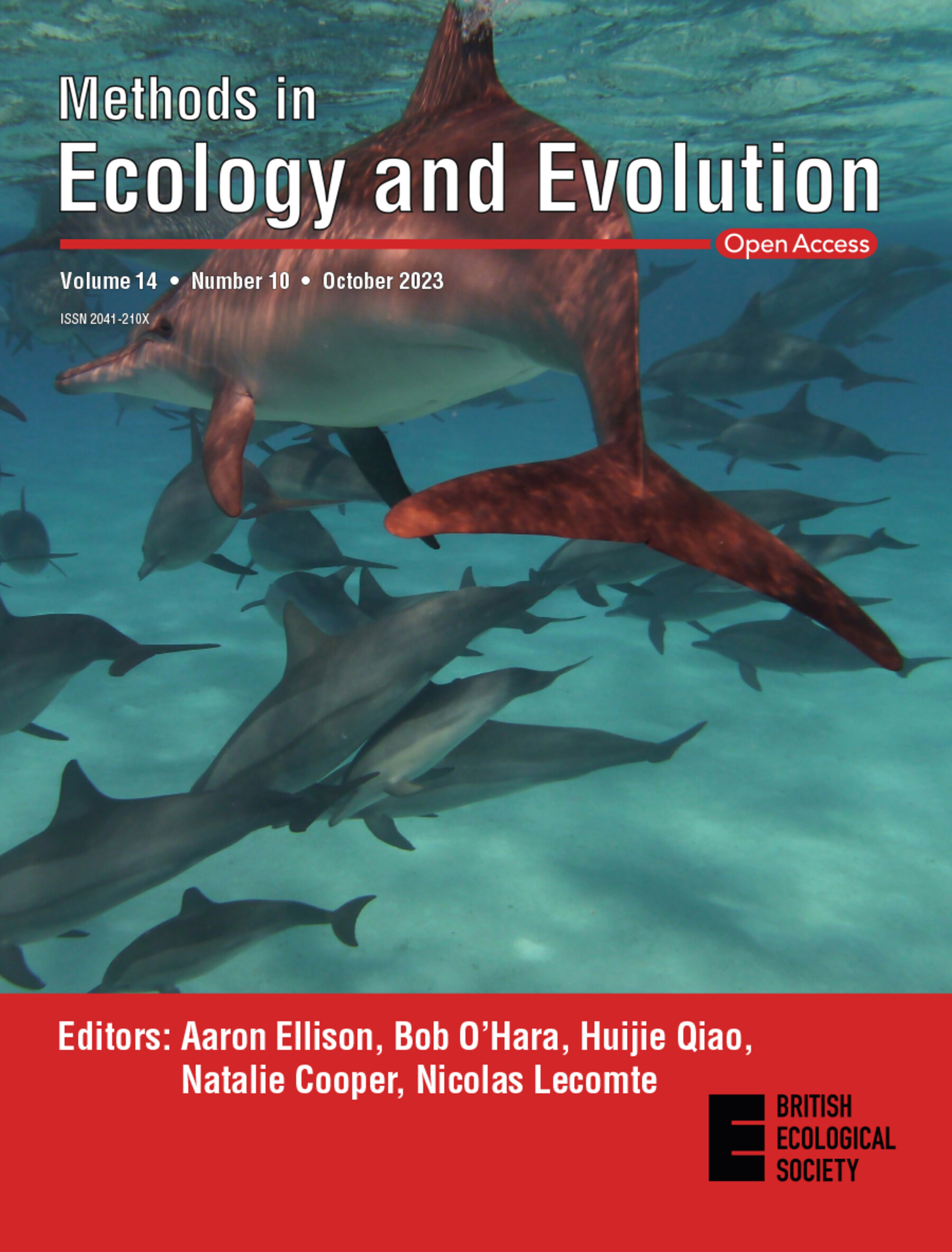
Positioning aquatic animals with acoustic transmitters
The paper offers an introduction to novel methods of high-resolution positional telemetry that provide guidance to practioners. It presents a summary of all techniques for fine-scale positioning of the movements of fish.
To save sturgeons, we need river channels around hydropower dams
Weirs and other transverse structures in rivers not only impede migratory fish on their way to spawning grounds, but even if they are able to pass, many of them die in the turbines of hydroelectric power plants. The authors present a recommendation on how to facilitate effective passage and even promote sturgeon with bypass channels at dams that can serve as additional habitat.





